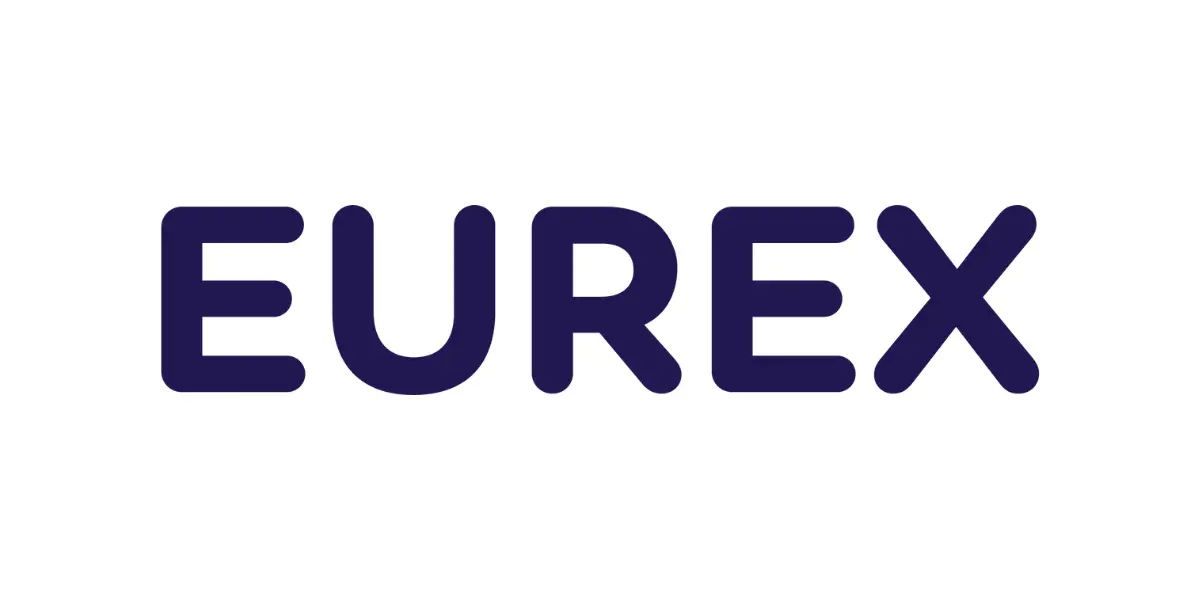The case for fixed income ETFs becoming central to the wider bond market is now difficult to ignore as the wrapper continues to help drag the asset class into the 21st century.
In the latest “blessing” of fixed income ETFs, the CME Group announced in August it will start accepting five short-term US Treasury ETFs as collateral, a move which is expected to increase trading efficiency across the ecosystem.
It is one of the most significant signs of the ETF wrapper’s growing importance in the asset class since the Federal Reserve invested approximately $8.6bn assets across 16 corporate bond ETFs in May 2020 as it looked to support flailing markets from the coronavirus turmoil.
The five US-listed ETFs include the SPDR Bloomberg 1-3 Month T-Bill ETF (BIL), Invesco Treasury Collateral ETF (CLTL), Goldman Sachs Access Tsy 0-1 Y ETF (GBIL), iShares 0-3 Month Treasury Bond ETF (SGOV) and the iShares Short Treasury Bond ETF (SHV), which are available at a 3% haircut to their market value.
The move is expected to increase efficiency across the ecosystem. Posting bonds or US Treasury bills as collateral requires repeated purchases as bonds mature, which can be burdensome and increase trading costs. If an investor posts an ETF holding these bonds, they get the economic return of the underlying asset without needing to do additional work to maintain their position.
While it can be seen as a breakthrough and yet another use case for fixed income ETFs, equity ETFs have been used as collateral since 2017 after being offered by the Depository Trust & Clearing Corporation.
Now, the importance of fixed income ETFs in the market is being recognised. According to data from Jane Street, fixed income ETF assets have grown by 7% and trading volumes have jumped more than 50% on an annualised basis relative to 2021, even as the IG Bloomberg Global Aggregate index shrunk 11% in the first half of the year.
“The continued embracing of fixed income ETFs by regulators, exchanges, and central banks only provides further evidence of what the market has already demonstrated, that fixed income ETFs are becoming more central to the modern bond market,” a Jane Street note on the CME Group move said.
A coming of age
The news has been hailed across the fixed income ETF ecosystem, with issuers and market makers claiming it is a coming of age for the product whose benefits they feel have long been overlooked.
Andreas Roy, a fixed income trader at Jane Street, said: “ETFs are more than just equities. They are driven by their indices and underlying assets. The world is recognising this and CME's move is one of many steps in that direction.”
Daniel Izzo, CEO of GHCO, added the amount of assets that has shifted to fixed income ETFs has become difficult to ignore.
“The reason for the shift is because of the number of assets that are now in ETFs,” he said. “The available pool of capital to collateralise elsewhere gets smaller. This is a move of necessity as ETFs continue to dominate control of the asset base globally.”
BlackRock, which launched the first four bond ETFs two decades ago, said the product has always had the potential to transform the market.
“We thought it would modernise fixed income markets by increasing transparency and liquidity while unlocking sophisticated portfolio and trading capabilities for our clients,” Carolyn Weinberg, global head of product for ETF and index investments at BlackRock, said.
“Margin and collateral are a new use case for bond ETFs like SGOV and SHV, which further demonstrates how they are useful, resilient investment tools that can improve outcomes for individuals and large institutions alike.”
For this reason, Jasper Jansen, head of fixed income trading at Flow Traders, said he believes the move will lead to wider adoption of fixed income ETFs.
“The fact that these ETFs can be liquidated quickly, so you redeem them, you receive the underlying short-term treasury bonds. These bonds are already seen as collateral by prime brokers, so this is the logical next step. Given this development, it also leads to broader adoption of fixed income ETFs."
Modernising the bond market
The growing adoption of fixed income ETFs is, in turn, helping to bring the bond market into a new age. One important by-product of being able to use ETFs as collateral is cost efficiency which could eventually lead to tighter spreads.
“The more securities available to post as collateral the less we have to post cash, the most expensive collateralisation there is,” Izzo continued. “Because we trade almost exclusively ETFs, it is a lot of cash and the interest is quite high. The cost efficiency will come in the form of execution costs, which will be felt by the end investor when market makers are competing to tighten spreads.”
Elsewhere, Jansen added alternative market makers are helping modernise the asset class by becoming active in the underlying bond market. “The bonds are priced with an algorithm powered by extensive data from our trading infrastructure, rather than the bonds being priced manually this supports the modernisation of the bond market.
“Market makers are copying the technology they use to price ETF meaning electronification is growing across cash bonds,” Jansen said.
Flow Traders estimates that roughly 45% of European investment grade bonds are traded electronically, up from 20-25% a few years ago.
Ultimately though, Izzo argued there is little point in modernising the bond market when investors can simply trade an ETF.
“You can now trade very large bond exposures in a cost-efficient way. What argument is there the bond market needs to modernise if investors can just trade the ETF?” he said. “I am a huge advocate for modernising the bond market, however, I do not think there is a realistic timeline for the bond market to modernise to such a point it will be able to draw trading activity away from an ETF.”
Will we see fixed income ETFs used as collateral in Europe?
The move by the CME Group in the US has the industry wondering if something similar will happen in Europe, which faces different market challenges. Jane Street said it is unsure if Europe will follow suit but said it would be looking out for such a move on the continent as well as in Asia.
It is worth noting that some ETFs in Europe were offered by Deutsche Boerse-owned Eurex as collateral until a couple of years ago but put simply, demand is lacking. While ETFs still can technically be accepted as collateral when they offer high-quality liquid assets and a redemption facility, there are currently no eligible issuers.
A spokesperson for Deutsche Boerse said: “A few ETFs were offered as margin collateral until two years ago but they were barely used. After the issuer ceased to offer the redemption facility, it dropped off our eligibility list. Currently, we see no demand from ETF issuers and clients.”
Despite this, Jansen said he could see fixed income ETFs also being used as collateral in Europe.
“We have to see the Europe is following the US in terms of market innovations. So it can be expected that this comes to Europe as well at some point," he said.
Izzo is also bullish on the likelihood that we could see fixed income ETFs used as collateral within Europe but added there were challenges.
“It is most likely this is also going to happen in Europe and also everywhere around the world. ETFs are just that good of an instrument,” he said. “The decentralised dysfunction of the European system could be what prevents it from coming to Europe in the short term. We have mountains of stuff to fix on the equity side, never mind in fixed income.”
This article first appeared in ETF Insider, ETF Stream's monthly ETF magazine for professional investors in Europe. To access the full issue, click here.
Related articles







